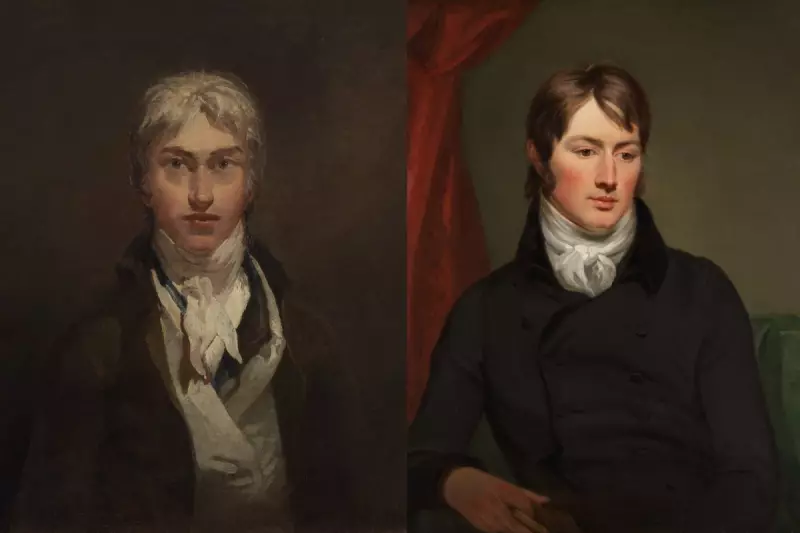
A monumental exhibition at the Tate Gallery is setting the stage for an epic artistic confrontation between two titans of British art: JMW Turner and John Constable. Marking the 250th anniversary of both artists' births, this must-see show deliberately juxtaposes their competing visions in a thrilling display of creative genius.
The Rivalry Revisited
The exhibition consciously revives the historic rivalry between these masters, with paintings strategically placed to encourage direct comparison. As one contemporary noted in 1831, describing them as "fire and water... The one all heat, the other all humidity," the tension between their approaches remains palpable nearly two centuries later.
The exhibition runs until 12 April 2026 and brings together works from Tate's own collection with major loans from international institutions. Visitors will witness permutations of these artists' works that haven't been seen before and may never be seen again.
Contrasting Visions of the Sublime
From the very first room, Turner establishes a commanding presence with his large, magnificently atmospheric "Crossing the Brook" from 1815. This view of the Tamar Valley appears slickly international when contrasted with Constable's doggedly local "Dedham Vale" from 1828, which depicts a tranquil corner of east Suffolk.
Turner's dramatic early works like "Buttermere Lake," "Morning on the Coniston Fells" and "Fishermen at Sea" place him firmly in the vanguard of European Romanticism. These British landscapes channel the sublime through dark mountains and nocturnal seas, creating truly heroic compositions.
Constable responds with what might be termed transcendent ordinariness. His "Flatford Mill from the Lock" from 1812 possesses a brooding, hypnotic quality, with dark masses of quintessentially English trees reflected in platinum-toned water that immediately captures attention.
The 1831 Confrontation Recreated
The exhibition recreates the famous 1831 Royal Academy confrontation that nearly brought the artists to blows. Here, Constable's "Salisbury Cathedral from the Meadows" emerges as a great visionary evocation of England, with the ancient Gothic spire rising into a stormy sky split by a mystical rainbow.
Meanwhile, Turner's "Caligula's Palace" from the same year feels like a flashy exercise in what we might now call special effects. While technically impressive, with generic-looking ruins emerging from layers of yellow haze designed to evoke ancient grandeur, it lacks the emotional depth of Constable's offering.
The exhibition continues this dialogue through later works, including Turner's remarkably Impressionistic "Norham Castle Sunrise" from 1845, where land and form dissolve into veils of pure, incandescent colour. Constable answers with his turbulent "Stoke-by-Land" from 1835, where every element of a typically English scene appears in a state of agitation.
Reaching a Verdict
After navigating these competing conceptions of wonder and the sublime, visitors must ultimately decide for themselves which artist claims superiority. The exhibition makes no attempt to force a conclusion, instead allowing the powerful dialogue between these masters to speak for itself.
What becomes abundantly clear is that both Turner and Constable remain the ultimate British artists, despite challenges from more recent figures. Their competing yet closely related internal worlds continue to shape our perception of reality and the possibilities of painting.
The Tate's Turner & Constable exhibition represents an unmissable opportunity to witness this epic confrontation firsthand. With works arranged in thoughtful juxtapositions and a scrupulously fair division of exhibition space, visitors can fully immerse themselves in one of art history's most compelling rivalries.





